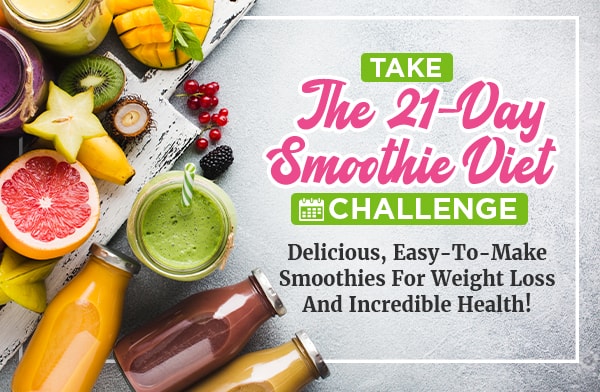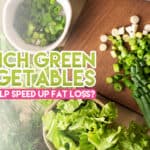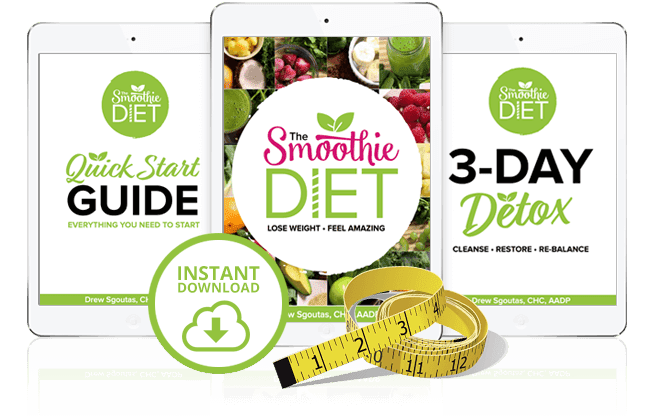A List of Fat Burning Green Vegetables for Weight Loss
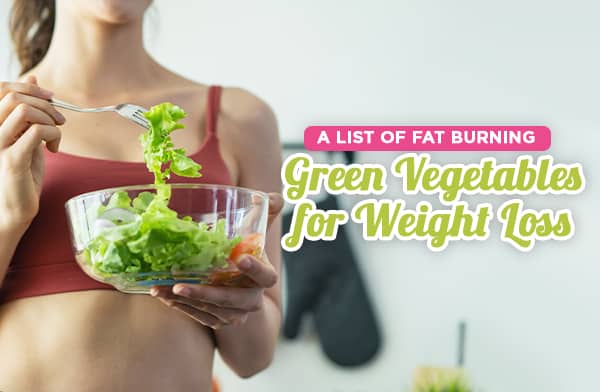
Weight loss happens in two directions. When you burn more calories, you lose weight. When you eat fewer calories, you lose weight. At least, that’s the extremely simplified version.
Vegetables, especially green vegetables, can help with this process. In fact, they help out in several different ways.
Green vegetables are packed full of healthy nutrients, plant compounds, vitamins, minerals, and other beneficial ingredients. A lot of weight gain comes from a body that is unhealthy in some way. Nutritional deficiencies can even lead to weight gain in some cases. When you give your body all of the assorted micronutrients it needs to stay healthy, fight off infection, reduce inflammation, and maintain energy levels, you reduce your tendency to put on weight.
Additionally, green vegetables are packed full of fiber. Fiber is a filler; it’s beneficial to your body, but it’s slow and hard to digest. It fills you up faster than protein, simple carbs, sugars, or other macronutrients. It lingers in your system longer, which makes you feel full for longer. Feeling full means you have fewer cravings for food, and that in turn means you won’t eat as many calories.
Vegetables are also nutritionally dense for the number of calories they contain. If you’ve ever seen one of those comparison charts between 250 calories of vegetables versus 250 calories of meat or junk food, you know what I mean.
If you eat more green vegetables in your diet, you’ll be able to approach weight loss from a bunch of different angles all at once.
Tempered Expectations
Before I get into the specific vegetables you should eat, and how, I need to do a little bit of tempering of expectations.
Weight loss is hard. Moreover, keeping the weight off is often a matter of long-term dietary and lifestyle changes. You can’t diet for a few months, lose weight, and then go back to your old diet. You’ll just gain all of the weight right back. Diet and exercise are life-long commitments.
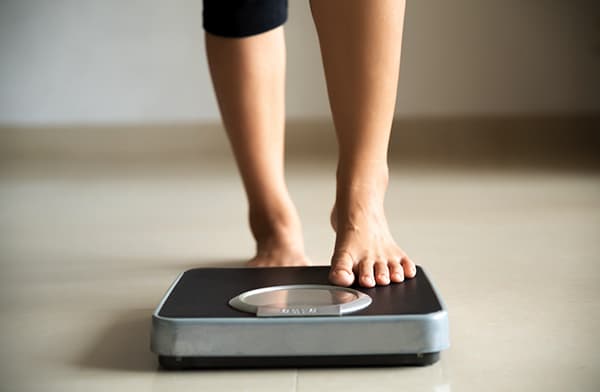
The Smoothie Diet exists as a form of crash diet and proof of concept. It’s a place to start, and the beginning of a lifestyle change. It:
- Proves to you that you can lose weight if you’re feeling hopeless.
- Helps you shift away from junk food and towards healthier diets full of fruits and vegetables.
- Gives you a low-calorie option to replace breakfast and/or lunch to help cut out calories.
Eating green vegetables is, more or less, the same thing. Vegetables replace other parts of your diet that are much worse for you, whether it’s fatty fried foods, junk food, candy, or snacks throughout the day.
Doing nothing but switching to vegetables instead of junk food can help you lose weight. What it won’t do is drop you 50 or 100 pounds with no other effort expended. You still need to exercise portion control, cut out junk food, and start up an exercise program to help you reach your full weight loss potential.
You also have to eat in moderation. Vegetables are healthy, but if you eat 10,000 calories worth of veggies every day, you’re still going to have a bad time and even gain weight because of it. So, there. Consider your expectations tempered, and join me as I tell you all about the healthy green veggies you should be working into your diet.
The Healthiest Green Veggies to Eat for Weight Loss
Now, let’s dig into that list. What are the best veggies to eat to help you lose weight?
I’m sticking with green veggies here. No offense to carrots, beets, and cauliflower, but we’re after the green today.
Watercress
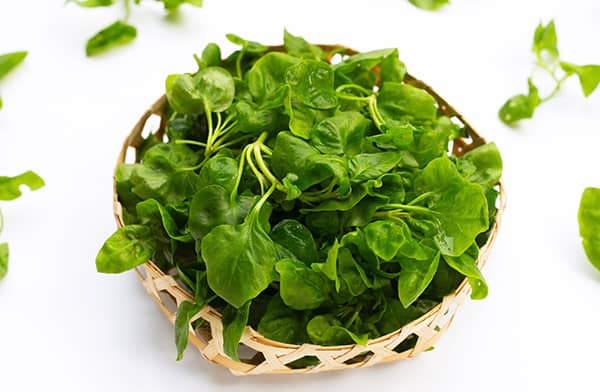
Watercress is one of the few veggies given a 100% rating on the powerhouse fruits and veggies scale. It’s absolutely packed with vitamins and minerals, with tons of calcium, vitamin C, and antioxidants like alpha-lipoic acid. The only downside is it’s pretty strong and a little bitter, so you’ll want to cook it properly to hide that flavor (more on that later.)
Green Beans
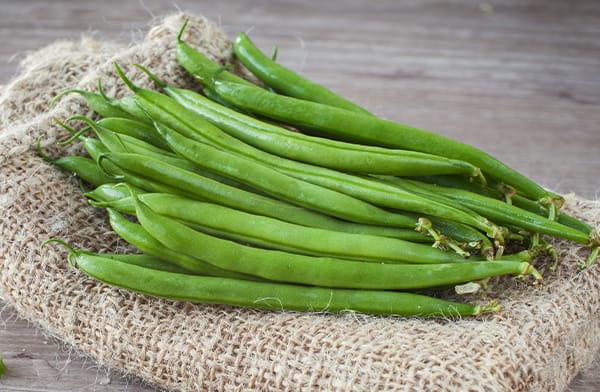
Green beans are one of the most often maligned green veggies out there, and it’s 100% because of those terrible canned veggies that taste like an old shoe and have the texture of slop. Harvested fresh, green beans are actually sweet and delicious, and they’re packed full of fiber. Eat the pods, too; just snap off the ends where the stem and tip form tough little bits. You can also blanch and freeze for a quick, cold, healthy snack. Maybe it’s an acquired taste, but frozen beans are pretty tasty. (Pro tip: they also blend up into smoothies extremely well when frozen.)
Artichokes
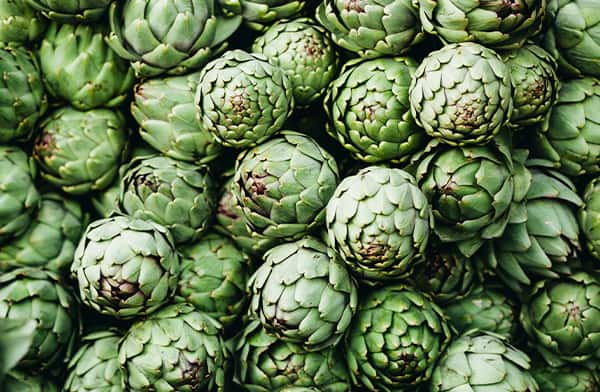
Artichokes are basically like a giant thistle plant, and the part you eat is actually the core of a huge flower bud. They look cool when they bloom, but by then, it’s too late to enjoy them as a foodstuff. Artichokes are delicious if you lightly roast or steam them with a bit of lemon, then peel off and dip the leaves in more lemon for a bit of tang in each bite. Then the heart can be chopped and eaten whole or used as an ingredient in something tasty like a spinach and artichoke dip.
Peas
Peas are right up there with green beans as a food from our childhoods that traumatized a generation. Out of a can or steamed, they’re bland, mushy, and awful. Eaten raw or cooked properly, though, they’re almost like the veggie equivalent to grapes.
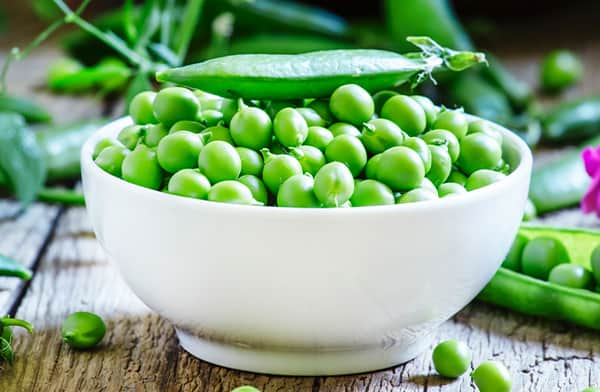
There are also several kinds of peas you can explore, including:
- English Peas, the most common type, which are cylindrical and plump.
- Snow Peas, which are broad and flat, and you often eat the pod as well as the peas.
- Sugar Snap Peas, which are somewhere in the middle, and are quite sweet and tasty.
Whatever your variety, there are also dozens of cultivars with different characteristics and flavor profiles.
Fiddlehead Greens
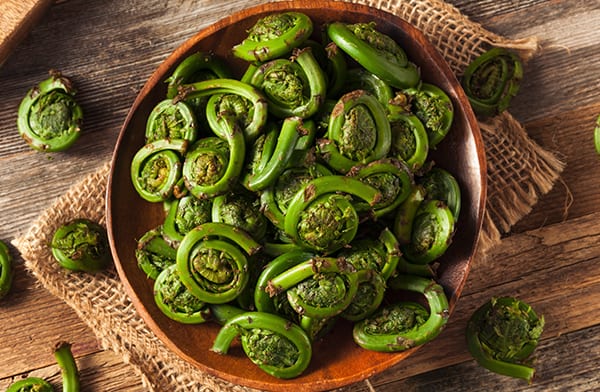
Fiddlehead greens, also called fiddleheads, are actually a kind of fern frond. The fronds, when they grow, start out curled up. If they were left to grow, they’d grow out into full fern fronds, and they wouldn’t be very tasty. When they’re harvested young, though, they’re tender and sweet, almost like a fruit. They’re also high in vitamin C, which helps your body reduce cortisol levels. Since cortisol both increases stress and increases fat storage, more vitamin C is a great addition to your diet.
Dandelion Greens
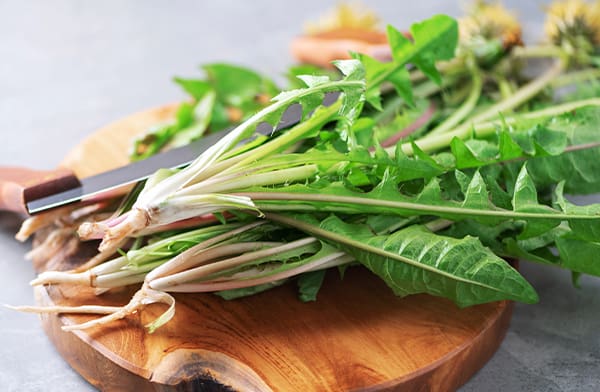
Many of us tend to think of dandelions as pesky weeds, but they’ve actually been used as food items for centuries. They’ve been used as part of traditional medicine, they’re healthy as a veggie to eat, and they’re even fermented into wine! Now, dandelion greens are quite bitter, so you want to add them to a strong smoothie to override that flavor or mix with a healthy sweetener like Stevia to make up for it.
Avocado
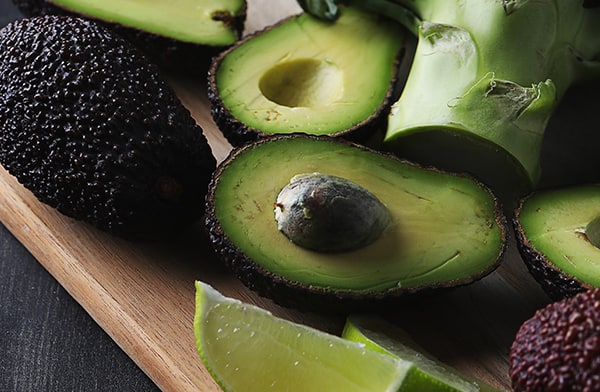
Avocado is rich, somewhat sweet, soft, and delicious as an ingredient in any number of recipes. I love to use it in place of mayo as a sandwich topping, dice it up into salads, or even mix it into a smoothie. Avocado is excellent because it’s a healthy source of fat, which can help you lose weight by replacing unhealthy fats you’d otherwise be eating. (For the pedants out there, yes, avocado is technically a fruit. It’s still green, though.)
Purslane
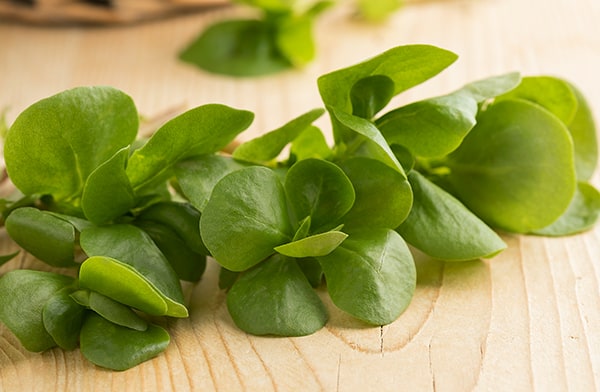
Purslane is a wild succulent common across the country that you’ve probably seen, but had no idea was edible. It’s unique among veggies in that it’s naturally both tart and salty, making it delicious in its own way. You can grow your own (since it can be hard to find commercially), and just make sure to wash it thoroughly before eating.
Kale
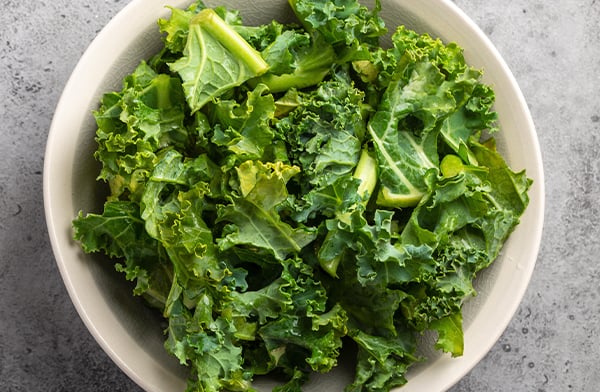
Kale is a tricky veggie to recommend because it’s both bitter and stringy, which can make it unpleasant as a salad green. It doesn’t help that health nuts have made things like “kale chips” to exacerbate the worst qualities of the leave. Still, kale can be hugely beneficial to weight loss because it binds to the same chemicals that absorb fat, preventing them from absorbing fat and absorbing nutrients instead.
Grape Leaves
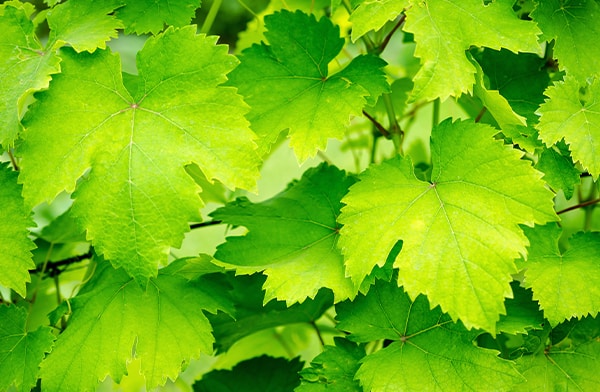
Grape leaves are often used in Mediterranean and Middle Eastern cuisine, often as edible wraps for treats like dolmah. They’re also rich in omega-3s, almost to the same level as fish, making them excellent as a heart-healthy veggie to add to just about any veggie dish.
Broccoli
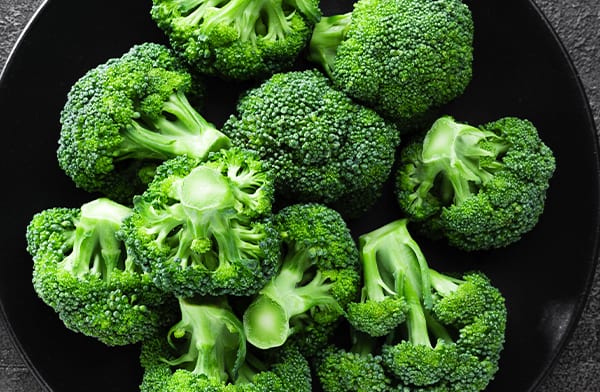
Broccoli is another veggie that people have cooked wrong for so long everyone thinks they hate it. Trust me: roasting it is delicious. It’s also one of the healthiest simple veggies you can get that doesn’t take a lot of extra preparation; just chop it, toss it, roast it, and enjoy.
Swiss Chard
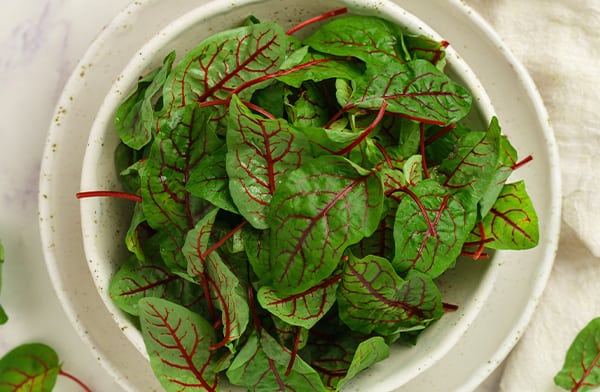
Chard is another leafy green commonly available in most grocery stores. I love throwing a handful of it into a smoothie and calling it good, but it can also be eaten as a salad green or cooked up as part of a mixed veggie dish. Chard is naturally a little bitter, but cooking it will reduce that bitterness. It’s also high in dietary nitrates, which can help improve athletic performance and stamina, which in turn helps you burn more calories to lose weight.
Spinach
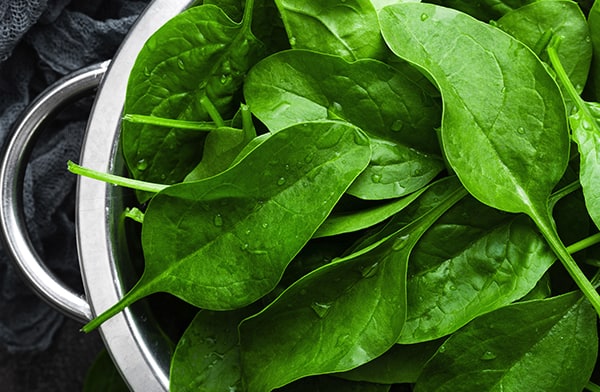
Spinach is another maligned veggie, though it has had a resurgence in recent years. Canned spinach is terrible, but fresh spinach can be used as a salad green, blended into a smoothie, or lightly wilted and added to meals. Plus, studies have demonstrated that eating some spinach alone can help you lose weight!
Hot Peppers
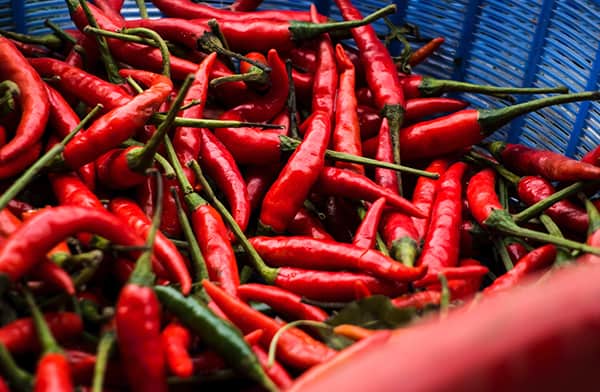
Hot peppers like jalapenos can help you burn fat. That’s because capsaicin helps you burn fat, build energy, and suppress appetite. Of course, not everyone likes spicy stuff, so this is one veg I’m not going to wholeheartedly recommend. Oh, and unless you’re a glutton for punishment, stick with the milder peppers; it might be bragging rights to down a Carolina Reaper, but it’s not going to do you any good for weight loss.
Green Tea
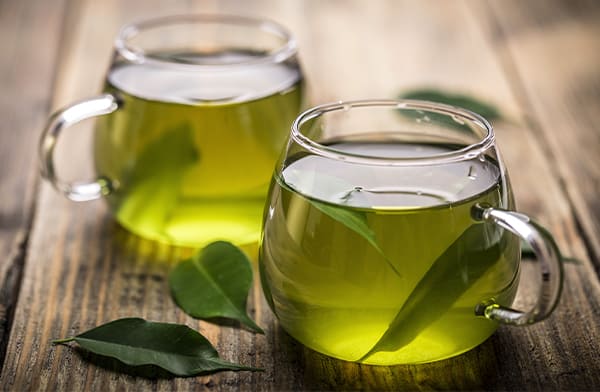
Did you know that tea is a vegetable? The tea plant is just a leaf, and while you wouldn’t really want to eat the leaves, brewing tea can be extremely healthy. Want a real pro tip? Brew up a batch of your favorite tea, then freeze it, and use the ice cubes as part of a smoothie recipe. You get flavor, you get nutrients, and you get all the benefits of a smoothie along the way.
But I Don’t Like Veggies!
A lot of people don’t like vegetables. To them, I say: “You’re wrong. You just haven’t had veggies prepared the right way.”
We’ve all had veggies from a can, frozen and microwaved, or steamed into mush. You may also have tried and disliked raw veggies, with or without that unhealthy ranch-flavored dip.
I’m here to tell you that you’ve been done a great disservice. Veggies are delicious, and it all comes down to preparing them the right way.
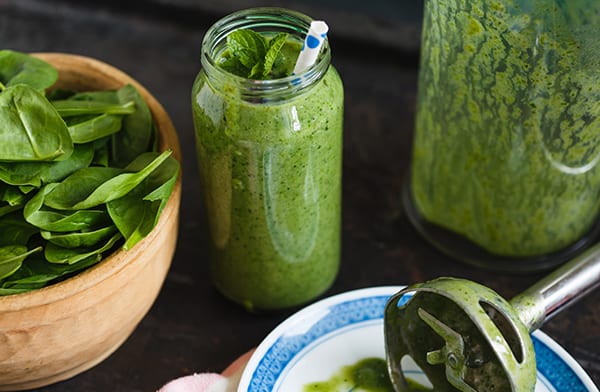
Now, I’m not going to dig into specific recipes here, but I’ll give you a few ideas you can dig into more to see if you might like them.
- Fritters. Steam up some broccoli, mash it, mix it with a batter, and fry it. Drizzle the result with a bit of shredded parmesan and some lemon juice for a delicious veggie treat. Who doesn’t love fried foods?
- Roasts. Chop your veggies up. Toss them in a mixture of olive oil, lemon juice, balsamic vinegar, and Italian herbs. Roast them at 400 degrees until they’re crisp but tender.
- Smoothies. Still don’t like your veggies whole? Toss a handful of greens into your favorite smoothie recipe. They’ll be hidden beneath the flavors of the fruits and other ingredients in your recipe, and you’ll never know they’re there.
Go forth, my friends, and enjoy the wide world of veggies. Believe me; there’s a way to make any veggie at all taste great. You just have to find it.
Do you have any questions about any of these vegetables, or have any recommendations on other healthy green vegetables I should add to this list? If so, please do not hesitate to reach out and contact me at any time! I’d be more than happy to answer any of your questions, and would gladly update this list with additional healthy options!
